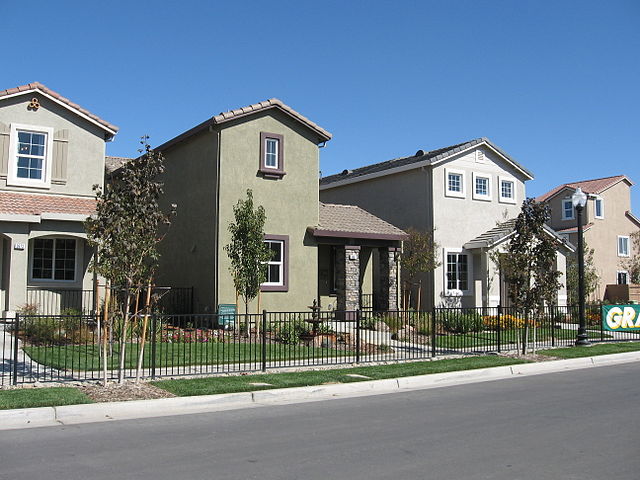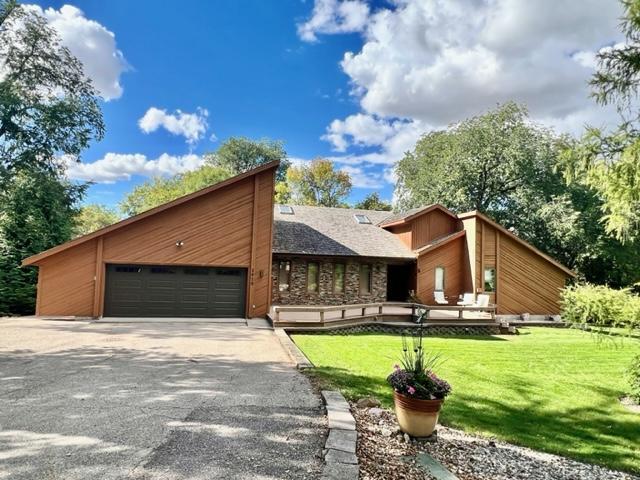How Interest Rates Affect Home Prices

When it comes to buying a home, one of the biggest financial factors to consider is the interest rate. Whether you’re a first-time buyer, a seasoned investor, or simply curious about the housing market, understanding how interest rates impact home prices can help you make informed decisions. Interest rates influence everything from mortgage affordability to market demand, and their fluctuations can create ripple effects throughout the economy. In this article, we’ll break down the relationship between interest rates and home prices, explain why they matter, and discuss how buyers and sellers can navigate changes in the market.
What Are Interest Rates?
Before diving into their effect on home prices, it’s essential to understand what interest rates are. Interest rates represent the cost of borrowing money and are typically expressed as a percentage of the loan amount. They are determined by several factors, including the Federal Reserve’s monetary policy, inflation rates, and overall economic conditions. When interest rates rise, borrowing becomes more expensive; when they fall, it becomes more affordable.
For homebuyers, the most relevant interest rate is the mortgage rate. This rate determines how much you will pay in interest over the life of your loan. A higher mortgage rate means higher monthly payments, while a lower rate reduces the cost of borrowing.
The Relationship Between Interest Rates and Home Prices
1. Lower Interest Rates Make Homes More Affordable
When interest rates are low, borrowing money to buy a home becomes cheaper. As a result, more people can afford to take out mortgages, leading to increased demand for homes. Higher demand can drive up home prices as buyers compete for available properties. In this scenario, sellers benefit because they can list their homes at higher prices, knowing that buyers have access to affordable financing.
For example, if a buyer qualifies for a $300,000 mortgage at a 3% interest rate, their monthly principal and interest payment (excluding taxes and insurance) would be around $1,265. However, if the interest rate rises to 6%, the same loan would cost approximately $1,799 per month. The increased cost reduces the amount that buyers can afford, thereby lowering demand and putting downward pressure on home prices.
2. Higher Interest Rates Reduce Purchasing Power
As interest rates rise, mortgage payments increase, making homes less affordable for many buyers. This can lead to a decline in demand, causing home prices to stagnate or even drop. When borrowing costs are high, some prospective buyers may delay purchasing a home altogether or opt for smaller, more affordable properties.
For instance, in a market where interest rates increase from 4% to 7%, a buyer who previously qualified for a $400,000 mortgage may now only qualify for a $300,000 loan due to higher monthly payments. With fewer buyers able to afford higher-priced homes, sellers may be forced to lower their asking prices to attract offers.
3. Investor Activity and Interest Rates
Interest rates also play a significant role in real estate investment. When rates are low, investors can finance rental properties at lower costs, making real estate an attractive investment. This can drive up home prices as more investors enter the market. Conversely, when interest rates rise, the cost of financing increases, reducing investor demand and potentially leading to lower home prices.
4. The Psychological Effect on Buyers and Sellers
The psychology of the market cannot be overlooked. When interest rates are low, buyers feel a sense of urgency to purchase before rates increase, which can lead to bidding wars and rising prices. On the other hand, when rates rise, buyers may adopt a wait-and-see approach, fearing that prices might drop further. Sellers, in response, may lower prices or offer incentives to attract hesitant buyers.
How the Federal Reserve Influences Interest Rates
The Federal Reserve (or “the Fed”) plays a crucial role in setting interest rates. By adjusting the federal funds rate—the rate at which banks lend money to one another overnight—the Fed indirectly influences mortgage rates.
- When the Fed lowers interest rates: Mortgage rates tend to fall, making borrowing cheaper and encouraging more home purchases.
- When the Fed raises interest rates: Mortgage rates typically rise, leading to decreased affordability and potential downward pressure on home prices.
The Fed adjusts interest rates based on economic conditions. In times of economic downturn, it may lower rates to stimulate borrowing and spending. Conversely, in periods of inflation or rapid economic growth, it may raise rates to prevent the economy from overheating.

How Buyers Can Navigate Interest Rate Changes
If you’re planning to buy a home, keeping an eye on interest rate trends can help you make better financial decisions. Here are a few strategies to navigate changing interest rates:
- Lock in a Rate Early – If rates are expected to rise, consider locking in a mortgage rate as soon as possible. Many lenders offer rate locks that protect you from rate increases while your loan is being processed.
- Improve Your Credit Score – A higher credit score can qualify you for better mortgage rates. Paying down debt and making timely payments can improve your credit profile.
- Consider Adjustable-Rate Mortgages (ARMs) – If fixed-rate mortgages are too high, an ARM might offer lower initial rates. However, be mindful of potential rate adjustments in the future.
- Increase Your Down Payment – A larger down payment can reduce the loan amount and help secure a lower interest rate.
How Sellers Can Respond to Interest Rate Changes
For home sellers, understanding interest rate trends is just as important. Here are some ways to stay competitive in a shifting market:
- Price Realistically – In a high-interest rate environment, fewer buyers may be able to afford your home. Pricing competitively can attract serious buyers.
- Offer Seller Concessions – Consider offering to cover some closing costs or provide a mortgage rate buy-down to make your home more appealing.
- Highlight Affordability Features – Emphasize energy-efficient upgrades, low property taxes, or other cost-saving aspects of your home to attract budget-conscious buyers.
- Act Quickly in a Low-Rate Market – When rates are low, buyer demand is high. Listing your home sooner rather than later can help you maximize your sale price before rates rise.
The Bigger Picture: Economic Trends and Housing
While interest rates are a significant factor in home prices, other economic conditions also play a role. Job growth, inflation, wage levels, and housing supply all contribute to the overall real estate market. For example, if interest rates are rising but the economy is strong with high employment and wage growth, home prices may not decline as much as expected because buyers still have the financial means to purchase homes.
Conversely, even if interest rates are low, a weak economy with high unemployment may lead to reduced demand and falling home prices. Therefore, it’s essential to consider the broader economic landscape when analyzing the housing market.
Conclusion
Interest rates have a direct and powerful impact on home prices. When rates are low, home affordability increases, demand rises, and prices often go up. When rates are high, borrowing costs increase, demand decreases, and prices may soften. By understanding this relationship, buyers can make strategic decisions about when to purchase, and sellers can adjust their pricing strategies accordingly.
Whether you’re looking to buy, sell, or invest in real estate, staying informed about interest rate trends and economic conditions will give you a competitive edge in the market. By planning ahead and taking advantage of favorable conditions, you can make the most of your real estate transactions, regardless of where interest rates stand.


 How to Create a Successful Financial Freedom Plan
How to Create a Successful Financial Freedom Plan  How to Use Social Media for Brand Building
How to Use Social Media for Brand Building  SEO Tools vs. Manual Optimization
SEO Tools vs. Manual Optimization  Pets Analysis Online Ecommerce Store
Pets Analysis Online Ecommerce Store  Medical Alert System Costs
Medical Alert System Costs  Key Trends in the Private Label Industry
Key Trends in the Private Label Industry